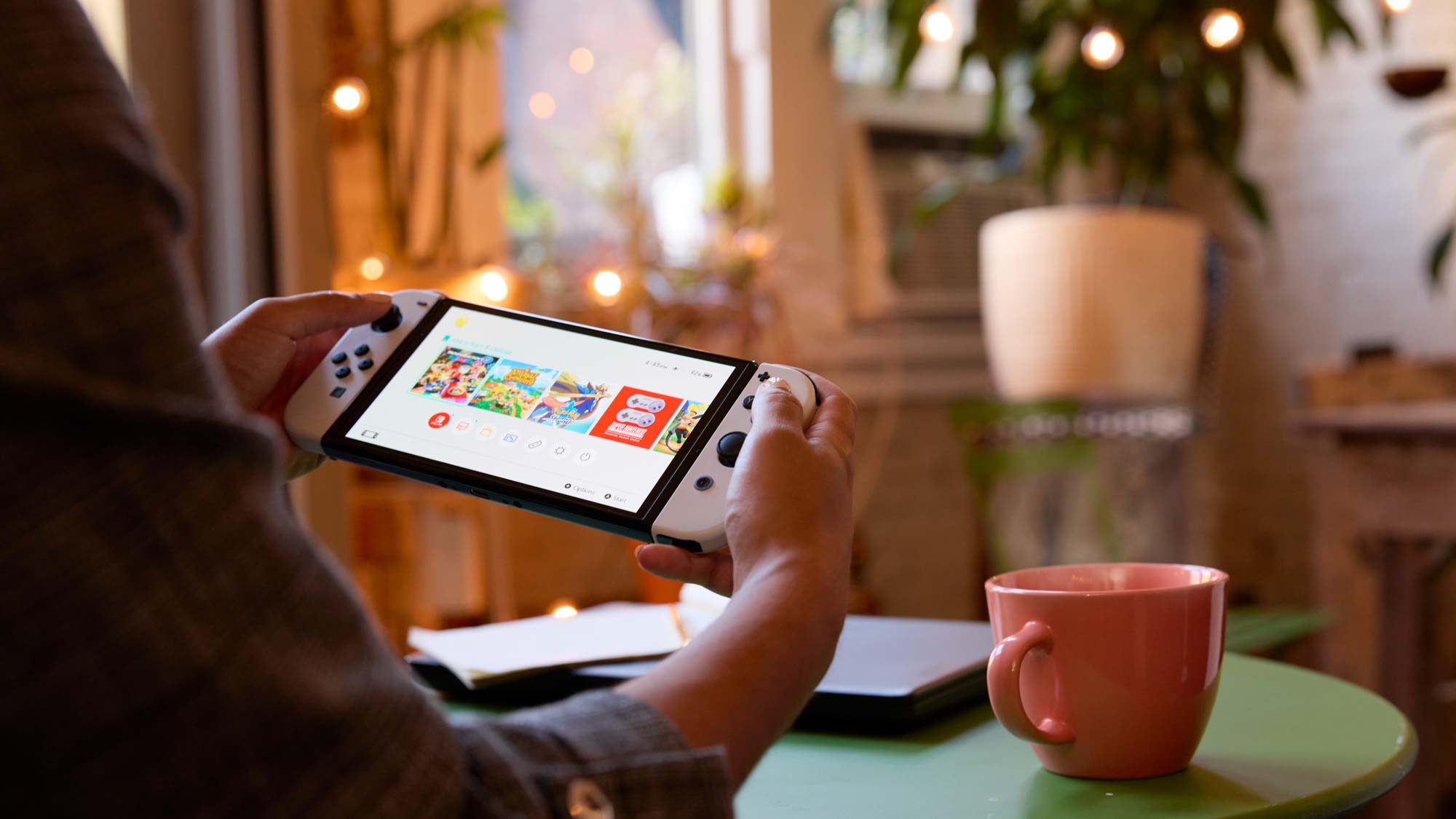Could the Nintendo Switch 2 be closer than we think?
Nintendo’s raw material spend is up considerably, causing speculation to grow

The Nintendo Switch has just turned five and given it wasn’t the most powerful console at launch, fans are wondering when we might see the rumored Nintendo Switch 2. Predictions have ranged from 2024 to 2025, but could we see something sooner? That’s one possible conclusion reached by internet sleuths who have spotted a serious uplift in Nintendo’s spend on raw materials.
On the ResetEra forums, one user spotted that Nintendo’s recent financial report included a spend of nearly $500 million on raw materials and supplies in 2022. To put that into perspective, in 2020 and 2021, the figures were closer to $92 million and $70 million respectively. In 2019 — when the company introduced the Nintendo Switch Lite — it was higher, but even then we’re talking around $240 million, half that of the most recent report.
Something is seemingly afoot, but is it definitely a Switch 2? Not necessarily.
First, we should see Nintendo’s own comments, shared later in the thread. It’s translated via machine learning, but with that caveat in mind, the gist of it is that a big spending increase is down to a change of accounting combined with the shortage of parts forcing a need to stockpile.
And while it’s not explicitly stated, the chip shortage also leads to a price increase which would logically be reflected on the bottom line too.
Second, even if the raw materials purchased are for new hardware, it doesn’t necessarily follow that this will be a Nintendo Switch 2.
Remember last year when there was talk of a Switch Pro with 4K output? Dev kits were even reportedly distributed at the time, yet what eventually emerged was the Nintendo Switch OLED. Yes, Nintendo denied that a 4K Switch was in the works, but with a use of language that I thought a touch ambiguous at the time.
Get instant access to breaking news, the hottest reviews, great deals and helpful tips.
It’s possible that Nintendo could be gearing up for this enhanced hardware to finally emerge after all, rather than a fully fledged sequel or something completely different.
Joining dots to the Nvidia code leak from March, something called “NVN2” appeared in a list of devices supporting DLSS — significant when you realize that “NVN” refers to the original Switch in the same database.
Of course, a genuine successor to the Switch might just be a faster version. True, the GameCube, Wii, Wii U and Switch all offered something dramatically different with each generation. But that doesn’t mean that Nintendo hasn’t decided that the Switch’s format is perfect for the whole of the 2020s. For most of us, that kind of “if it ain't broke, don’t fix it” attitude makes a whole lot of sense.
Freelance contributor Alan has been writing about tech for over a decade, covering phones, drones and everything in between. Previously Deputy Editor of tech site Alphr, his words are found all over the web and in the occasional magazine too. When not weighing up the pros and cons of the latest smartwatch, you'll probably find him tackling his ever-growing games backlog. He also handles all the Wordle coverage on Tom's Guide and has been playing the addictive NYT game for the last several years in an effort to keep his streak forever intact.

